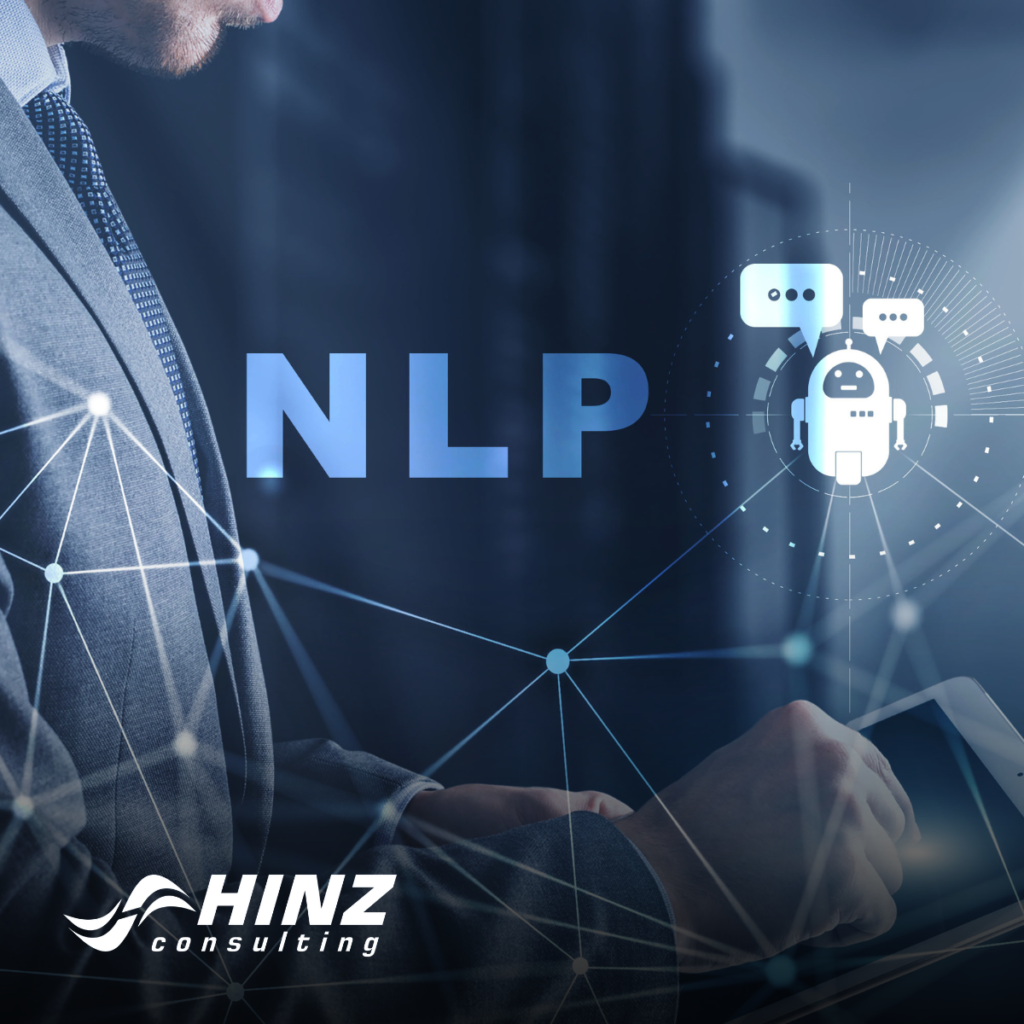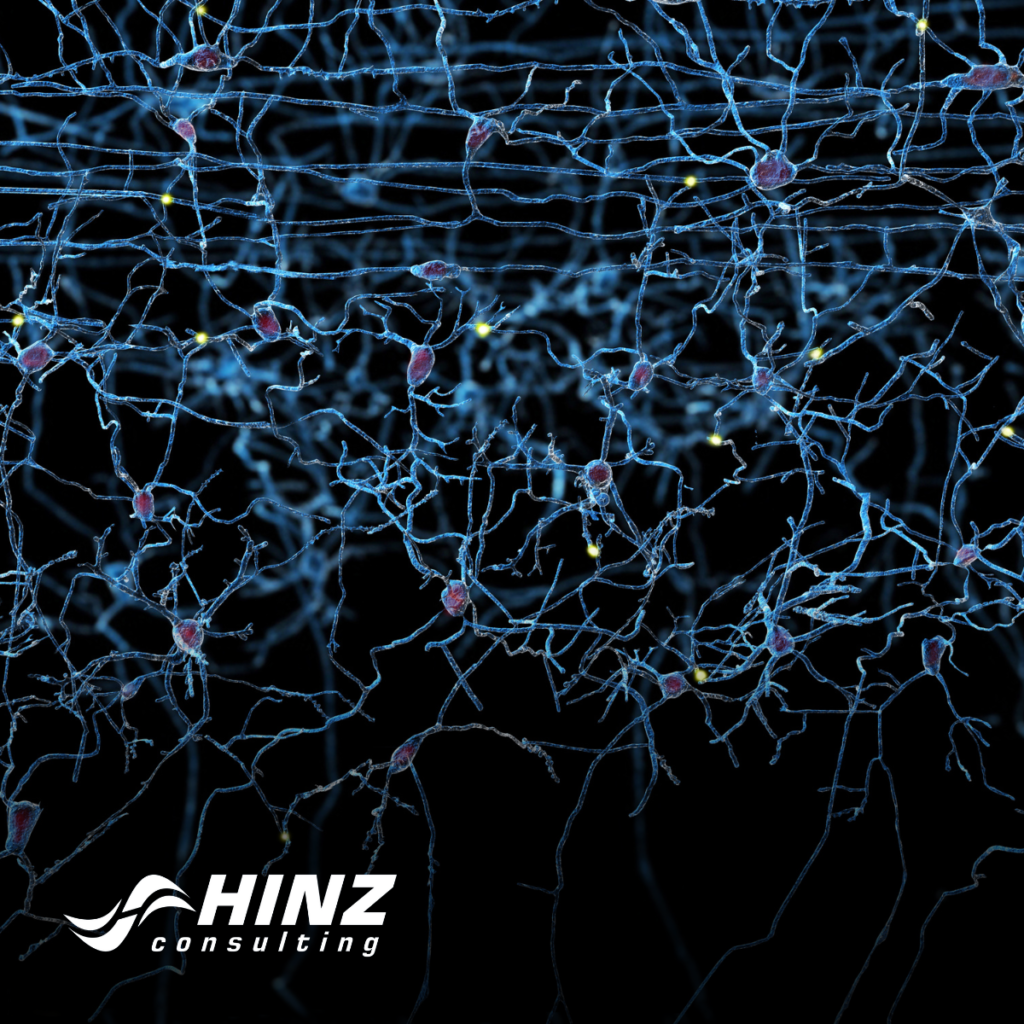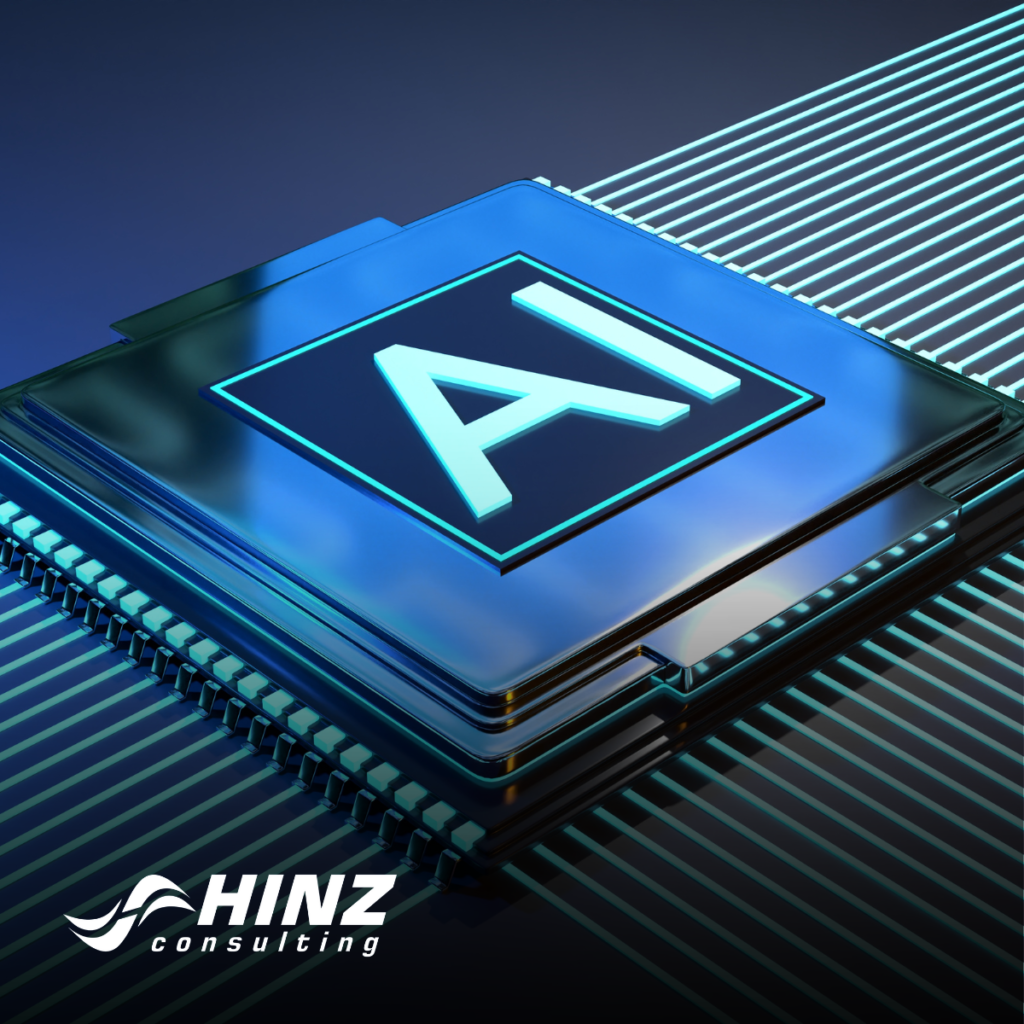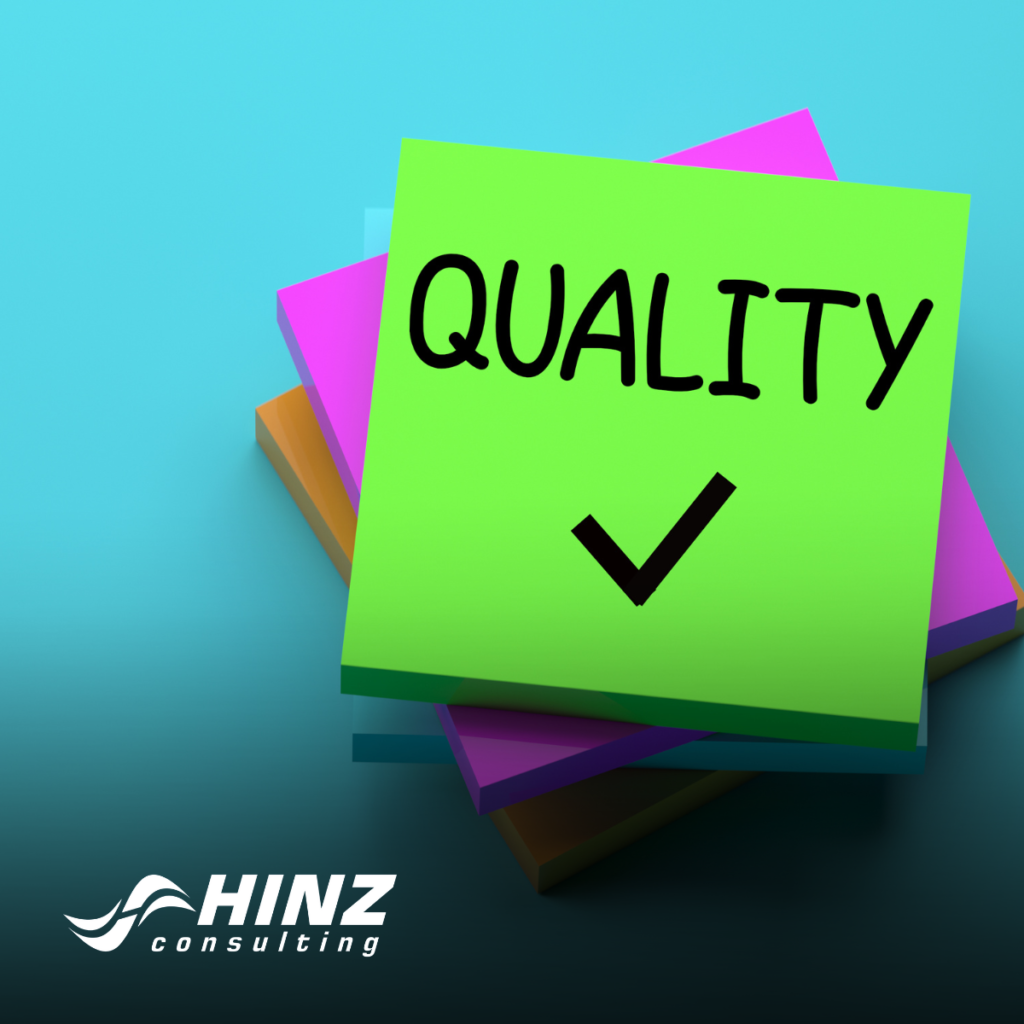Unveiling the Power of Natural Language Processing (NLP) in Government Proposals

In the rapidly evolving landscape of government contracting, where the ability to communicate effectively is paramount, technology is playing an increasingly crucial role. One such technological marvel that is reshaping the way businesses interact with textual data is Natural Language Processing (NLP). In this blog, we will unravel the intricate world of NLP and explore […]
What Are Recurrent Neural Networks?

Recurrent Neural Networks (RNNs) stand as a formidable force in the realm of neural networks, especially when it comes to their connection with Generative AI. These networks are distinctively designed to handle time-series or sequential data, where the order of items in a sequence holds crucial significance. In the context of Generative AI, RNNs play […]
Convolutional Neural Networks in Proposal Graphics Transforming Visual Elements?

In the dynamic landscape of proposal creation, the integration of cutting-edge technologies is reshaping the way we approach graphic and image creation. One such revolutionary technology at the forefront is Convolutional Neural Networks (CNNs), a type of artificial neural network renowned for its prowess in image recognition and processing. In this article, we delve into […]
What is Reinforcement Learning?

Reinforcement Learning (RL) introduces a distinctive paradigm to machine learning, inspired by human learning’s trial and error nature. Unlike conventional methods, RL empowers intelligent agents to learn by interacting with their environment, driven by a system of rewards and penalties. This exploration takes you through the core principles of RL, its real-world applications, and the […]
ML/AI Implementation: A Proposal Writer’s Guide

As a proposal writer, the prospect of integrating machine learning (ML) and artificial intelligence (AI) into your processes presents a myriad of considerations. While these technologies offer transformative potential, a thoughtful approach is necessary to discern when and how to leverage ML/AI effectively. The Threshold of Complexity In many scenarios, especially when dealing with small […]
AI and Government Contracts: The Powerhouse of Proposal Success

In the ever-competitive world of government contracting, securing contracts can be a game-changer for high-revenue businesses. The proposal writing process, however, is laden with complexities and challenges. This article delves into the transformative role of artificial intelligence (AI) in the government contract proposal landscape, illuminating how it has become the powerhouse of proposal success. Navigating […]
Supervised vs. Unsupervised Learning for Proposal Writers

Machine Learning (ML) algorithms, the driving force behind artificial intelligence, are pivotal for Proposal Writers seeking to leverage data for accurate predictions. Understanding the key differences between Supervised and Unsupervised Learning is crucial for navigating the landscape of ML applications. Foundation of ML Algorithms At the core of ML algorithms is the ability to learn […]
Navigating Government Proposals with Large Language Models: A Strategic Guide

In the ever-evolving landscape of government contracting, where securing contracts is a strategic imperative, the integration of large language models is reshaping the approach to proposal development. This strategic guide explores how leveraging large language models can navigate government proposals with precision and enhance the overall success of your GovCon endeavors. Understanding the Role of […]
Generative AI in Business: Redefining Decision-Making Processes

In the fast-paced and ever-evolving landscape of business, decision-making processes play a pivotal role in determining success. With the advent of Generative AI, businesses are witnessing a transformative shift in how decisions are made, leveraging advanced tools and insights to redefine their strategic approaches. The Role of Generative AI in Decision-Making 1. Data-Driven Insights: Generative […]
How Generative AI Enhances Proposal Quality

In the dynamic world of government contracting, where the quality of proposals can make or break success, Generative AI emerges as a game-changer. It goes beyond traditional approaches, introducing innovative tools and capabilities that significantly enhance the quality of proposals. The Evolution of Proposal Quality 1. Automated Content Generation: Generative AI leverages advanced algorithms to […]
